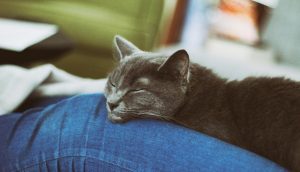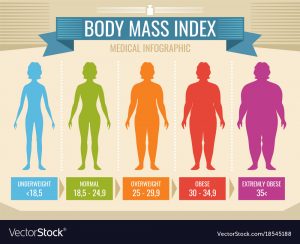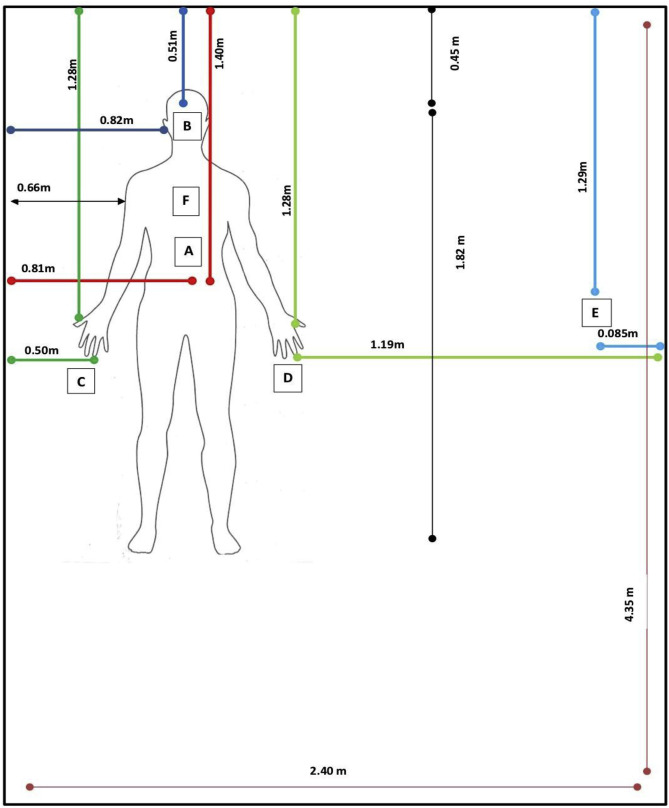A new Canadian study has described a novel way to effectively treat a benign bone tumour, specifically Osteoblastoma, using an antibody called Denosumab.
The study, which took place over the span of 46 months detailed using Denosumab to treat a young 18-year-old man who described symptoms of pain and swelling in his hand. The man was diagnosed with Osteoblastoma in his right thumb. However, this was a complex case because he was a concert pianist! This made traditional treatments such as surgery unappealing, since the patient would risk ending his career due to surgeries being too invasive and his ability to move his thumb and play the piano could’ve been greatly reduced post operation.
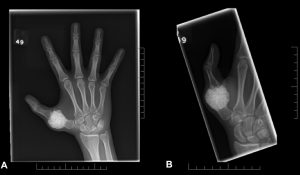
An x-ray of the patients hand pre-surgery (Kooner and Ferguson 2019).
The patient was given a variety of options in treatment and ultimately decided on trying Denosumab as it would pose the least risk to his mobility, as many other traditional methods had high risk of long-lasting pain even past recovery.
Denosumab is an anitbody that works by blocking the signalling pathway between two types of bone cells, called Osteoblasts, which make bone and Osteoclasts, which eat bone. These cells allow calcium to be recycled and old bone to be replaced with new bone. In Osteoblastoma, the uncontrolled increase of Osteoblasts causes a lump of immature bone to form, which can be extremely painful due to the physical location of the tumour and the pressure it causes on joints and muscles. By preventing the ability for the Osteoblasts to communicate with Osteoclasts, Denosumab prevents the further growth of bone, and also reduces the size of the benign tumour due to the immature cells eventually dying and not being replaced.
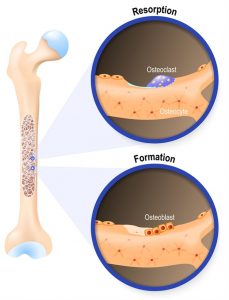
A diagram showing the way that Osteoblasts and Osteoclasts work together to form new bone, Retrieved from https://www.news-medical.net/health/What-are-Osteoblasts.aspx
The treatment was injected six times within three months along with oral calcium and vitamin D pills, which served to promote regular bone growth. Initially it was successful, as the patient reported no pain and full ability to move his thumb and tests showed that the tumour was gone, but the pain came back again 22 months post treatment. Testing showed a recurrence of the disease and a second treatment regiment was undergone. After the second treatment, the patient has since been entirely pain free and has even been able to continue playing piano full time, something that would’ve been unthinkable with other surgical methods that are most commonly used as treatment in cases of Osteoblastoma. Tests once again showed that the tumour was gone, but that the original bone was now slightly denser than normal, though this had lesser adverse effects on health and dexterity than other treatments used to treat the disease.
Although this case study shows extreme promise, and was a great fit for this particular individual , there is still much more research to do on the effectiveness of Denosumab as a drug for all cases of Osteoblastoma, which can occur in many other parts of the body including the spine and feet.
There are also adverse side effects to using Denosumab, which include muscle pain, electrolyte imbalance and dense bones. This trade-off, however, was more than worth it for this particular patient, whose career could’ve been completely ended by surgery. Ultimately, this case study shows the great value in multiple treatment methods being available to those who need them, in order to maximize their quality of life.
-Gurkaran Bhandal

